Zucchini Flour: A Sustainable and Cost-Effective Survival Technique from WWII
In my research on WWII survival methods, I stumbled upon a technique that I found both brilliant and sustainable – zucchini flour. As supply chain issues continue to pose challenges, it's no surprise that bread, yeast, and flour are among the first items to disappear from store shelves. This technique offers a practical way to stretch precious resources using something most of us can easily grow – zucchini.
You may have heard of zucchini flour before, also known as Amish flour or troops flour. It has been a staple in Amish and Mennonite households for generations. During the rationing of the 1940s, zucchini flour was embraced as a way to make the most of limited resources. And now, in our current context, it offers a solution to rising wheat costs and potential shortages.
Making zucchini flour is surprisingly easy. All you need are oversized zucchinis – the larger, the better. Peel them using a carrot peeler into thin, even strips for faster drying or use a mandolin for quicker preparation. Remove any large seeds for a finer texture, but everything else is fine. The key is to ensure that the zucchini is completely dry. Any moisture left will ruin it during storage, so it's better to err on the side of over-drying.
Once the zucchini strips are dry, run them through a food processor or hand grinder until you achieve a powdered consistency. The resulting zucchini flour will have a marbled green appearance and a texture similar to good quality whole wheat flour. Three large zucchinis usually yield around four or five cups of finished zucchini flour.
Zucchini flour can be a versatile substitute for regular flour in most recipes. You can replace one-third of the flour with zucchini flour without any noticeable changes to the finished product. Additionally, it acts as a thickening agent for gravies, works well as a breading for fish, and is particularly useful in making tortillas and bannock, which are quick and easy bread options. It can even be used to make delicious dumplings and brownies.
To store your zucchini flour, place it in airtight jars or consider vacuum-sealing it for longer shelf life. If you have access to a local family-owned grist mill, you can even produce zucchini flour for free, making it a sustainable and cost-effective solution. Other vegetables like sweet and regular potatoes, other squash varieties, acorns, and pumpkins can also be used to make flour, but zucchini tends to have the mildest flavor, which is why it is often preferred.
By incorporating zucchini flour into your cooking, you can significantly reduce your dependence on traditional flour, cutting usage by up to a third. It's an excellent way to make the most of your zucchini harvest and avoid feeling overwhelmed by an abundance of this versatile vegetable.
So, why not give zucchini flour a try? Embrace this sustainable and cost-effective survival technique, inspired by the resourcefulness of the past. Stretch your precious resources, experiment with different recipes, and enjoy the benefits of zucchini flour in your kitchen.
FAQs:
1. Can I use zucchini flour in gluten-free recipes?
Yes, zucchini flour can be used in gluten-free recipes as a substitute for traditional flour. However, keep in mind that zucchini flour does not contain gluten, so additional binders or ingredients may be required to achieve the desired texture and structure in baked goods.
2. Can I store zucchini flour for a long time?
When stored in airtight containers or vacuum-sealed bags, zucchini flour can last for several months to a year. Make sure to keep it in a cool, dry place away from moisture and direct sunlight to maintain its quality.
3. Are there any other vegetables I can use to make flour?
Yes, besides zucchini, you can make flour from other vegetables like sweet and regular potatoes, different squash varieties, acorns, and pumpkins. Each vegetable will bring its own unique flavor and characteristics to the flour, allowing for diverse culinary creations.
Zucchini flour, sustainable survival technique, WWII rationing, stretch resources




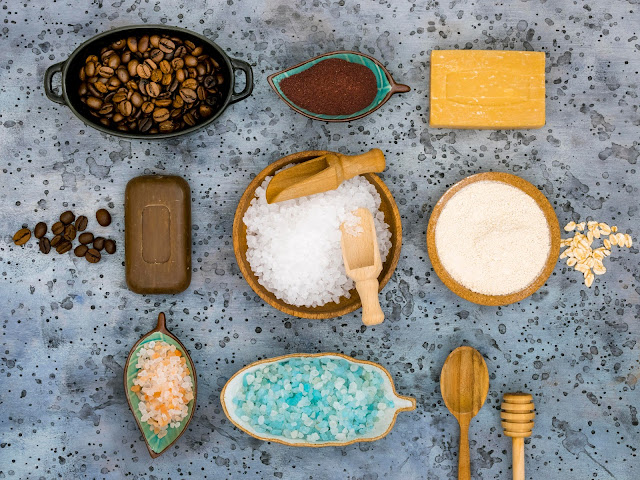

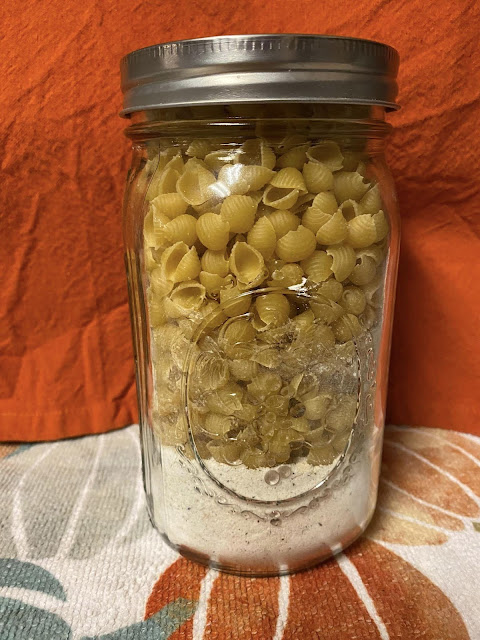







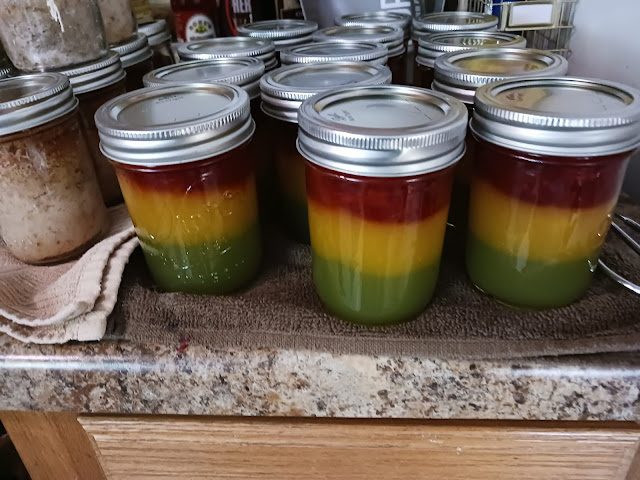
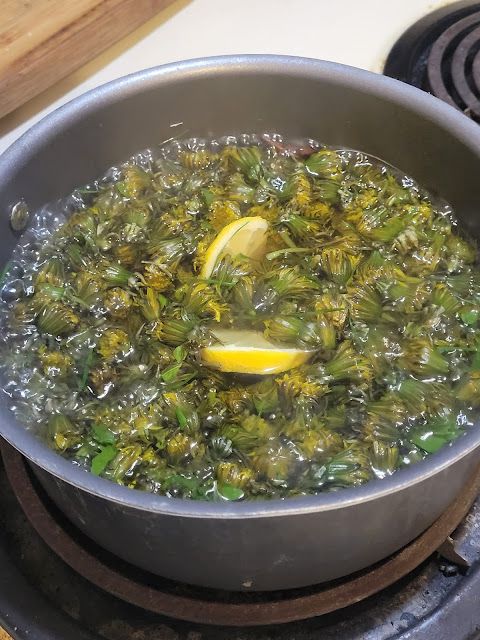
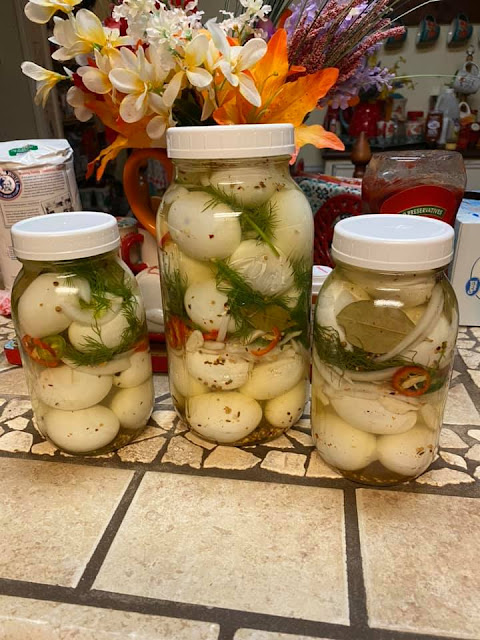

Comments
Nice idea. So where's the recipe?
ReplyDelete